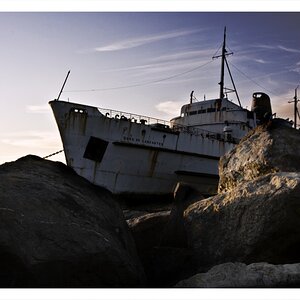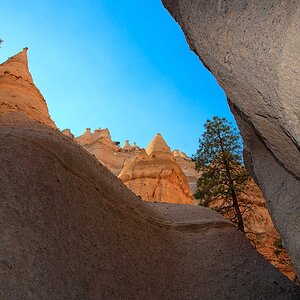JimMcClain
No longer a newbie, moving up!
- Joined
- May 25, 2014
- Messages
- 616
- Reaction score
- 420
- Location
- Feather River Country
- Website
- 1footinthegrave.com
- Can others edit my Photos
- Photos OK to edit
I recently had the opportunity to make some pictures of plants in a cramped garden. I think they turned out pretty good, but the better looking plants were situated closer to me and I was unable to back up to get a shot. I thought the lens I was using would work at that distance because the stated minimum focus distance was 1.3' and I was just a little over that, I think. But the camera couldn't focus and would not fire the shutter.
There will probably be more times that this will be an issue - it already happened again trying to get a closeup of part of my new PC build. Maybe I should consider adding another lens to my kit that is capable of getting those close quarters shots. This is what I have now: NIKKOR 16-85mm f/3.5-5.6G AF-S DX ED VR and a Nikkor 70-300mm f/4.5-5.6G AF-S VR IF-ED Both of these have excellent reviews and I'm very satisfied with them, but I'm still quite new with this type of equipment. I primarily shoot landscapes, but I like other subjects as well. The new lens may not be suitable for landscape photography, but it may help me branch out into other areas.
What lens would you recommend for my needs? I've browsed the Nikon site and looked at a lot of lenses, including primes and zooms. My camera is a D5300, but I hope to upgrade to a full-frame Nikon at some point, so the lens should be able to take advantage of that format.
Thanks for any insight you can offer.
Jim
There will probably be more times that this will be an issue - it already happened again trying to get a closeup of part of my new PC build. Maybe I should consider adding another lens to my kit that is capable of getting those close quarters shots. This is what I have now: NIKKOR 16-85mm f/3.5-5.6G AF-S DX ED VR and a Nikkor 70-300mm f/4.5-5.6G AF-S VR IF-ED Both of these have excellent reviews and I'm very satisfied with them, but I'm still quite new with this type of equipment. I primarily shoot landscapes, but I like other subjects as well. The new lens may not be suitable for landscape photography, but it may help me branch out into other areas.
What lens would you recommend for my needs? I've browsed the Nikon site and looked at a lot of lenses, including primes and zooms. My camera is a D5300, but I hope to upgrade to a full-frame Nikon at some point, so the lens should be able to take advantage of that format.
Thanks for any insight you can offer.
Jim



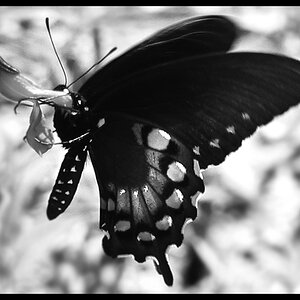
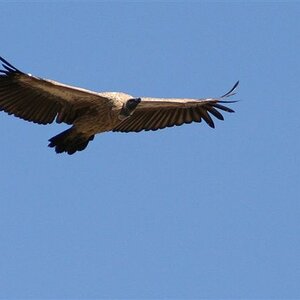


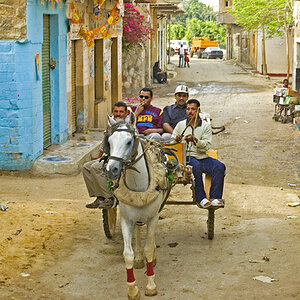
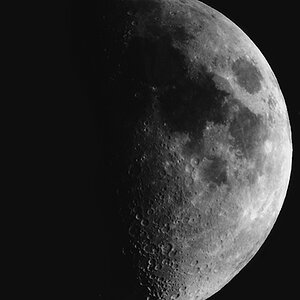

![[No title]](/data/xfmg/thumbnail/37/37602-1ef8dbb1c2d0e4ff347ee65d328c3603.jpg?1619738147)
